Quantifying the effect of simultaneous vs. sequential irradiation on creep performance of additively manufactured austenitic stainless steel
Principal Investigator
- Name:
- Caleb Massey
- Email:
- [email protected]
- Phone:
- (208) 526-6918
Team Members:
| Name: | Institution: | Expertise: | Status: |
|---|---|---|---|
| Kevin Field | University of Michigan | Irradiated Concrete, Microstructural Analysis | Faculty |
| Stephen Taller | Oak Ridge National Laboratory | Austenitic stainless steels, dislocation loops, Ferritic Martensitic Steels, Helium, Helium Effects, In Situ Ion Irradiation, ion beam analysis, Ion Beam Irradiation, Irradiated Microstructure, Nickel Alloys, Post-Irradiation Examination, Radiation Induced Segregation, Transmission Electron Microscopy (TEM), Void Swelling, Voids | Faculty |
| Charles Hirst | University of Michigan | Annealing, APT, DSC, FIB, Molecular Dynamics, Radiation Damage | Faculty |
Experiment Details:
- Experiment Title:
- Quantifying the effect of simultaneous vs. sequential irradiation on creep performance of additively manufactured austenitic stainless steel)
- Hypothesis:
- The hypothesis we are investigating is that irradiation-enhanced vacancy diffusion in nuclear structural materials will deteriorate creep rupture strength under prototypic temperature and loading conditions, deteriorating part performance. This effect is conjectured to be compounded by decreases in creep strength as a function of intrinsic AM-induced porosity.
- Work Description:
- We propose to perform both i) simultaneous irradiation creep and ii) sequential irradiation then thermal creep testing at the Michigan Ion Beam Laboratory (MIBL) to evaluate the influence of irradiation creep on additively manufactured austenitic stainless steels. “Bulk” (1mm-thickness) tapered-width specimens of AM 316H SS will be fabricated using EDM at ORNL then sent to UM where a custom electropolishing procedure will be used to thin them down to 30µm thickness. These samples will be then irradiated to 0.4 dpa with 3 MeV H+ ions at 550°C, both with and without mechanical load. The samples irradiated without load will then be subject to thermal creep testing, on Beamline 1, and the mechanical property data will be compared to the irradiation creep tests.
Project Summary
Alloy 316H SS is one of only six structural materials qualified for use in elevated temperature service for nuclear reactors by the ASME Boiler and Pressure Vessel code. As such, this alloy is a key structural material for proposed sodium cooled fast reactors, high temperature gas reactors, lead cooled fast reactors, microreactors, and small modular reactors due to its combination of low cost, fabricability, and high-temperature creep strength. With reactor designs becoming more compact and complex, new initiatives to understand the irradiation behavior and qualify additively manufactured (AM) versions of 316H are underway to supplement the existing database of knowledge on the material system. However, AM processes such as laser powder bed fusion often result in components that are not fully dense, resulting in porosity that can reduce creep performance. In addition, irradiation of austenitic steels, specifically in the temperature range of 400-600°C, results in the supersaturation of point defects, resulting in vacancy coalescence & swelling. Since creep behavior is also a function of vacancy mobility, understanding the coupled effects of irradiation and high-temperature creep rupture behavior is needed to evaluate the performance of AM 316H SS for applications in advanced reactors. Due to the knowledge gaps in understanding the synergy between irradiation and vacancy-driven cavity coalescence & creep failure, this proposal aims to provide the first quantitative measure of combined irradiation + thermal creep effects in AM 316H SS fabricated using LPDF.
To achieve this goal, miniature creep specimens will be machined (using EDM) from AM 316H SS recently fabricated at Oak Ridge National Laboratory (ORNL). The team proposes to use Michigan Ion Beam Laboratory (MIBL) to irradiate these specimens with 3 MeV H+ ions at elevated temperatures both with and without load to conduct simultaneous and sequential irradiation creep tests. The tests will make use of novel tapered gauge creep specimens allowing for multiple stress states to be evaluated in a single test. Two weeks are requested for irradiation time and two weeks for thermal creep testing at MIBL. For the first week, one unirradiated control sample of AM 316H SS will be thermally crept at 550°C and 316 MPa. During the second week, one sample will be irradiated (without load) at 550°C to 0.4 dpa with 3 MeV H+ ions. This irradiated sample will be subject to thermal creep testing at 550°C and 316 MPa during week 3. Finally, during week 4, the irradiation creep test will be performed with a load of 316 MPa at 550°C during irradiation to 0.4 dpa with 3 MeV H+ ions. Samples will be stopped after reaching 1% strain or after creep rupture, whichever occurs first. Completion of the proposed study will provide several outcomes: first, the unirradiated control sample will provide the first size-effect comparison with other sub-sized and conventional-sized creep specimens used in AM 316H SS code qualification efforts. Second, this experiment will provide the first data on combined irradiation and high-temperature creep on the 316H alloy system, to inform accelerated structural material qualification efforts across the US.
To achieve this goal, miniature creep specimens will be machined (using EDM) from AM 316H SS recently fabricated at Oak Ridge National Laboratory (ORNL). The team proposes to use Michigan Ion Beam Laboratory (MIBL) to irradiate these specimens with 3 MeV H+ ions at elevated temperatures both with and without load to conduct simultaneous and sequential irradiation creep tests. The tests will make use of novel tapered gauge creep specimens allowing for multiple stress states to be evaluated in a single test. Two weeks are requested for irradiation time and two weeks for thermal creep testing at MIBL. For the first week, one unirradiated control sample of AM 316H SS will be thermally crept at 550°C and 316 MPa. During the second week, one sample will be irradiated (without load) at 550°C to 0.4 dpa with 3 MeV H+ ions. This irradiated sample will be subject to thermal creep testing at 550°C and 316 MPa during week 3. Finally, during week 4, the irradiation creep test will be performed with a load of 316 MPa at 550°C during irradiation to 0.4 dpa with 3 MeV H+ ions. Samples will be stopped after reaching 1% strain or after creep rupture, whichever occurs first. Completion of the proposed study will provide several outcomes: first, the unirradiated control sample will provide the first size-effect comparison with other sub-sized and conventional-sized creep specimens used in AM 316H SS code qualification efforts. Second, this experiment will provide the first data on combined irradiation and high-temperature creep on the 316H alloy system, to inform accelerated structural material qualification efforts across the US.
Relevance
The Office of Nuclear Energy (DOE-NE) mission is to advance nuclear energy science and technology to meet U.S. energy, environmental, and economic needs. One of the five goals to address the challenges in nuclear energy is to enable deployment of advanced nuclear reactors. This overarching goal is hindered by two primary materials challenges: (1) to develop new materials that can withstand the extreme conditions associated with nuclear operating environments, and (2) to qualify those materials for use at relevant operational temperatures. As part of the office of nuclear energy’s portfolio, multiple programs including the Advanced Methods for Manufacturing (AMM), the Advanced Fuels Campaign (AFC), and the Advanced Materials and Manufacturing Technologies (AMMT) programs have worked to develop and deploy new material concepts for this purpose. Unfortunately, there exist critical gaps in these programs that NSUF facilities can help fill. For example, although the AMMT program has recently launched an initiative to develop a code case for the qualification of additively manufactured 316H SS for elevated temperature service, standard irradiation effects testing (such as experiments in the advanced test reactor or the high-flux isotope reactor) is insufficient to identify key synergistic effects affecting performance metrics in operational conditions. The example provided in this work is the combined effect of simultaneous irradiation and thermal creep, which could decrease the stress rupture life of the alloy system in the presence of microstructural heterogeneity or porosity. Thus, this work will provide critical information on a material system that is outside of the current scope of programmatic work that is only now possible through NSUF facilities. This work also provides synergy with existing creep size effect testing at Argonne National Laboratory on the AM 316H SS system through the AMMT program, since the tapered specimen size in this work is much thinner than the specimens used in programmatic efforts. Finally, this RTE will allow for 1:1 comparisons between elevated temperature irradiation + creep performance for the AM-316H alloy in comparison to recently conducted irradiation + creep studies on 304/316 SS and Gr.91 steel through an ongoing NEUP project (CFA-22-27043), thereby expanding the window of material comparisons for miniature specimen size effects evaluations. In summary, this project will provide the first data needed to close a critical gap in synergistic irradiation effects data on a highly-relevant nuclear alloy that is not currently included in existing programmatic scope. This work will consequently expand the relevance of NSUF-facilities in the accelerated qualification framework for advanced reactor deployment while simultaneously providing additional data on the efficacy of using miniature specimens to elucidate scientifically-relevant irradiation degradation phenomena.
Please wait
About Us
The Nuclear Science User Facilities (NSUF) is the U.S. Department of Energy Office of Nuclear Energy's only designated nuclear energy user facility. Through peer-reviewed proposal processes, the NSUF provides researchers access to neutron, ion, and gamma irradiations, post-irradiation examination and beamline capabilities at Idaho National Laboratory and a diverse mix of university, national laboratory and industry partner institutions.
Privacy and Accessibility · Vulnerability Disclosure Program

